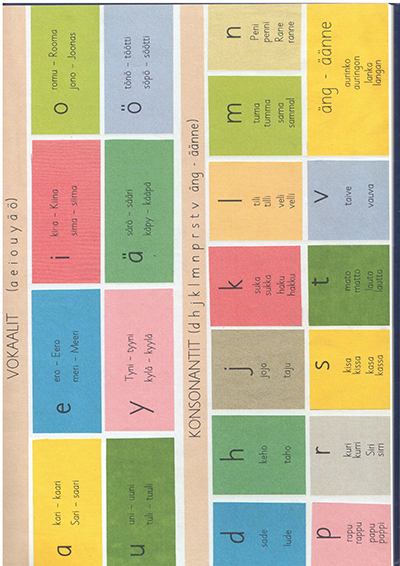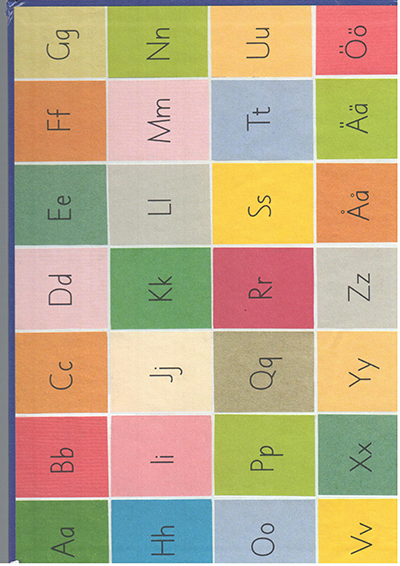| Sorted by date |
page213from Building Ideas
Conclusion
Towards a “Critical” Hermeneutics
The use of the word “hermeneutics” in the
title of this conclusion is not meant to suggest another discipline which might
replace all the others. Hermeneutics today is a problematic term because of its
historical associations, but I am using it in the broadest sense to mean the
general practice of interpretation. Chapters 1 and 2 of this book set out two
contrasting schools of thought – two opposing views on the question of meaning
in architecture. The first assumes that architecture has no meaning at all,
except as a solution to the problem of providing convenient sheltered space. The
second approaches architecture as a pure artistic exercise, with its priority
to community a message rated above all other concerns. Both positions do not, of course, exist in actuality. I have used these ideas rather as interpretive frameworks – lenses through which to consider various tendencies. The fact that they are only tendencies and that architecture is always less straightforward should have become clearer in the subsequent chapters on the various interpretive models. That buildings always carry messages, whether intentionally or not, renders architecture representational along with all human endeavours. As the theatre director Peter Brook wrote, on the origin of dramatic art:
I
can take any empty space and call it a bare stage. A man walks across this
empty space whilst someone else is watching him, and this is all that is needed
for an act of theatre to be engaged.1
|
|
|
 ... ...
... ... ... ...
... ... ... ...
... ... ... ...
... ... ... ...
... ... ... ...
... ... ... ...
... ... ... ...
... ... ... ...
... ... ... ...
... ... ... ...
... ... ... ...
... ... ... ...
... ... ... ...
... ... ... ...
... ...